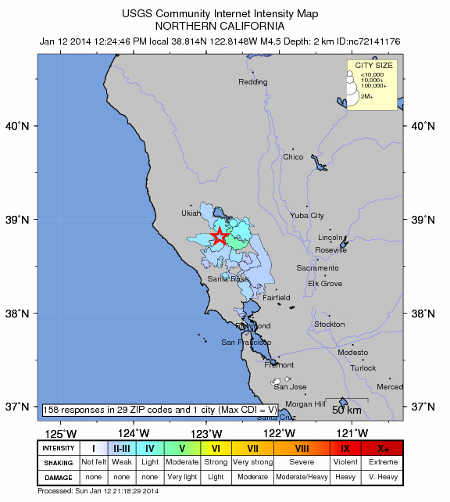- Lake County News reports
- Posted On
New report shows cancer deaths continue to drop nationwide
The annual cancer statistics report from the American Cancer Society finds steady declines in cancer death rates for the past two decades add up to a 20 percent drop in the overall risk of dying from cancer over that time period.
The report, “Cancer Statistics 2014,” finds progress has been most rapid for middle-aged black men, among whom death rates have declined by approximately 50 percent.
Despite this substantial progress, black men continue to have the highest cancer incidence and death rates among all ethnicities in the U.S. – about double those of Asian Americans, who have the lowest rates.
“The progress we are seeing is good, even remarkable, but we can and must do even better,” said John R. Seffrin, PhD, chief executive officer of the American Cancer Society. “The halving of the risk of cancer death among middle aged black men in just two decades is extraordinary, but it is immediately tempered by the knowledge that death rates are still higher among black men than white men for nearly every major cancer and for all cancers combined.”
Each year, the American Cancer Society estimates the numbers of new cancer cases and deaths expected in the United States in the current year and compiles the most recent data on cancer incidence, mortality, and survival based on incidence data from the National Cancer Institute and the Centers for Disease Control and Prevention, and mortality data from the National Center for Health Statistics.
The data are disseminated in two reports, Cancer Statistics, published in CA: A Cancer Journal for Clinicians, and its companion article, Cancer Facts & Figures.
The most recent five year period for which there was data for the study was the 2006 to 2010 time period.
The data suggests that California came in with the ninth lowest incident rate and estimated new cases, with 442.2 people per 100,000, compared to the overall US average of 469.6. Arizona had the lowest nationwide rate, 401.1.
For the 2006 to 2010 time frame in Lake County, California Cancer Registry data shows that Lake County had the fifth highest age-adjusted rate for all invasive cancers, 485.62 per 100,000 people. The top four counties are Napa, Marin, Shasta, and a combination of Mariposa and Tuolumne.
For the same time period, Lake County had the second highest cancer mortality rate at 199.45 per 100,000 people. Only Shasta County, at 200.11 per 100,000, was higher.
This year's American Cancer Society report estimates there will be 1,665,540 new cancer cases and 585,720 cancer deaths in the United States in 2014.
Among men, prostate, lung and colon cancer will account for about half of all newly diagnosed cancers, with prostate cancer alone accounting for about one in four cases.
Among women, the three most common cancers in 2014 will be breast, lung and colon, which together will account for half of all cases.
Breast cancer alone is expected to account for 29 percent of all new cancers among women, according to the report.
The estimated 585,720 deaths from cancer in 2014 correspond to about 1,600 deaths per day.
Lung, colon, prostate, and breast cancers continue to be the most common causes of cancer death, accounting for almost half of the total cancer deaths among men and women. Just over one in four cancer deaths is due to lung cancer.
The 2013 Lake County Community Health Needs Assessment released this past fall also found that county residents had high death rates from lung cancer, as Lake County News has reported.
During the most recent five years for which there are data (2006-2010), cancer incidence rates declined slightly in men (by 0.6% per year) and were stable in women, while cancer death rates decreased by 1.8% per year in men and by 1.4% per year in women.
The combined cancer death rate has been continuously declining for two decades, from a peak of 215.1 per 100,000 in 1991 to 171.8 per 100,000 in 2010.
This 20 percent decline translates to the avoidance of approximately 1,340,400 cancer deaths (952,700 among men and 387,700 among women) during this time period.
The magnitude of the decline in cancer death rates from 1991 to 2010 varies substantially by age, race, and sex, ranging from no decline among white women aged 80 years and older to a 55 percent decline among black men aged 40 years to 49 years.
Notably, black men experienced the largest drop within every 10-year age group, the report showed.























